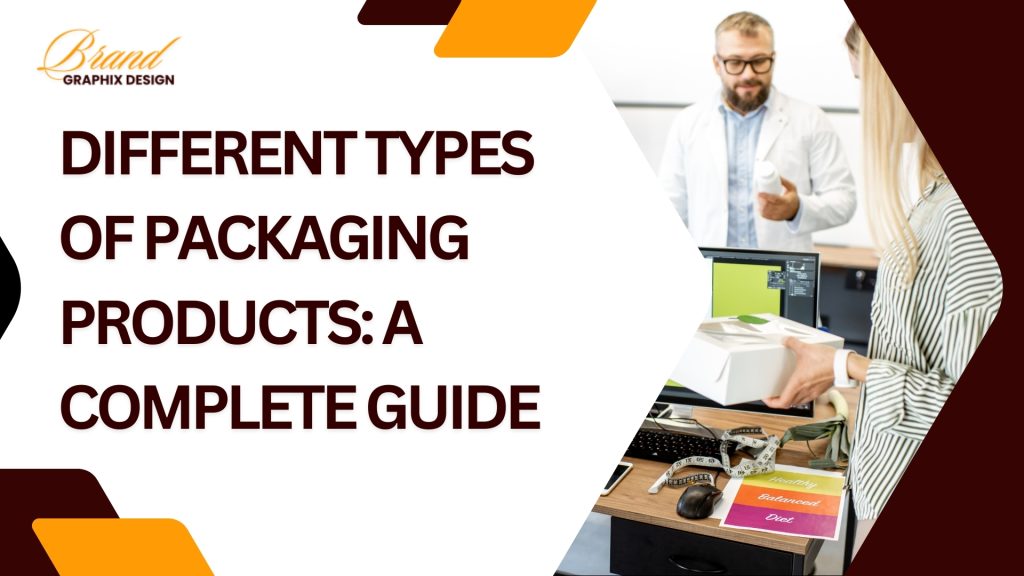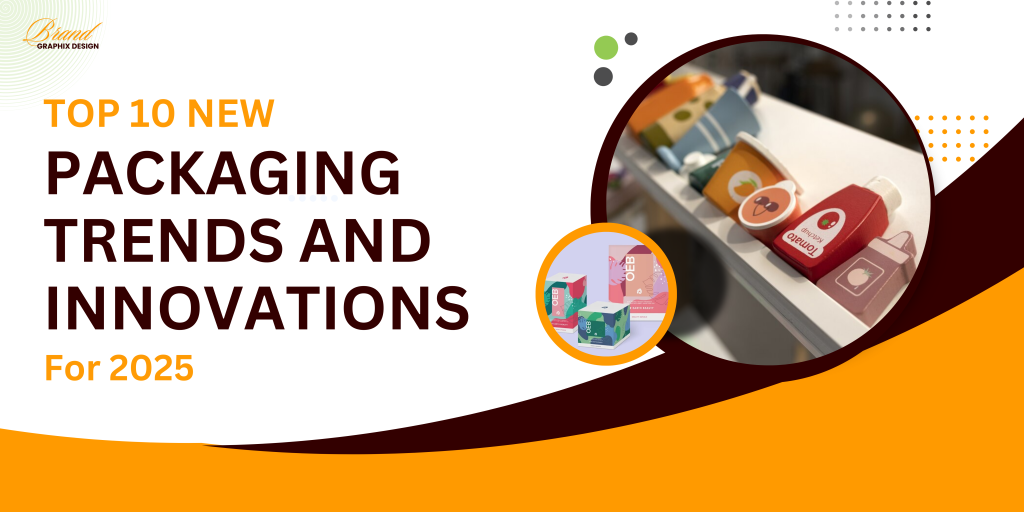Food packaging plays a vital role in the success of any food product. It not only protects the product but also attracts customers, communicates the brand message, and provides information. In today’s competitive market, creative food packaging can make your product stand out on the shelves and leave a lasting impression. A well-designed package can increase sales, enhance brand recognition, and build customer loyalty. In this blog, we will explore 10 creative food packaging design ideas, inspired by various industries, to help you find the perfect design for your product.
1. Minimalist Packaging for a Modern Look
Minimalist packaging is a popular trend in the food industry. It focuses on simplicity and elegance, using clean lines, neutral colors, and minimal text. This style appeals to customers who appreciate a modern and sophisticated look. Minimalist packaging can make your product look premium and high-quality. It’s especially effective for health foods, organic products, and gourmet items.
- Use simple designs with minimal text and elements.
- Choose neutral colors like white, black, or pastels.
- Focus on clean and clear fonts that are easy to read.
2. Sustainable Packaging for Eco-Conscious Customers
Sustainable packaging is designed with the environment in mind. It uses materials that are recyclable, biodegradable, or compostable. This type of packaging is ideal for brands that want to show their commitment to sustainability and attract eco-conscious customers. Examples include packaging made from recycled paper, plant-based plastics, or reusable containers.
- Use materials that are eco-friendly and sustainable.
- Highlight your brand’s commitment to the environment on the packaging.
- Encourage customers to reuse or recycle the packaging.
3. Transparent Packaging to Build Trust
Transparent packaging allows customers to see the product inside, creating a sense of trust and honesty. This is particularly effective for food products where the appearance is a major selling point, such as fresh produce, bakery items, or snacks. Transparent packaging often uses clear plastic or glass and features minimal design elements to keep the focus on the product itself.
- Use clear materials like glass or transparent plastic.
- Minimize text and graphics to highlight the product inside.
- Ensure the product looks fresh and appealing through the packaging.
4. Vintage-Inspired Packaging for a Nostalgic Feel
Vintage-inspired packaging brings a sense of nostalgia and authenticity to your food products. It often uses retro fonts, classic color schemes, and old-fashioned illustrations. This style is perfect for brands that want to evoke a sense of tradition, heritage, or craftsmanship. It works well for products like artisanal foods, bakery items, and beverages.
- Incorporate retro fonts and classic design elements.
- Use color palettes inspired by past decades.
- Include vintage illustrations or patterns to enhance the nostalgic feel.
5. Interactive Packaging for Engaging Customers
Interactive packaging adds an element of fun and creativity, making the customer experience more memorable. This could include packaging that transforms into a toy, a puzzle, or a game. Interactive packaging is ideal for products targeted at children, promotional items, or limited-edition collections. It encourages customers to interact with the packaging, increasing brand engagement and loyalty.
- Create packaging that can be reused or repurposed.
- Incorporate elements like puzzles, games, or pop-up designs.
- Encourage customers to share their experience on social media.
6. Bold and Vibrant Packaging to Stand Out on Shelves
Bold and vibrant packaging uses bright colors and eye-catching designs to grab attention. This style is particularly effective in crowded retail environments where products need to stand out. It works well for snack foods, beverages, and products aimed at younger audiences. Bold packaging can convey a sense of fun, excitement, and energy.
- Use bright and contrasting colors to attract attention.
- Incorporate bold graphics and unique shapes.
- Ensure the design reflects your brand’s personality and values.
7. Storytelling Packaging to Create an Emotional Connection
Storytelling packaging tells a story about your brand or product, creating an emotional connection with customers. This could be the story of how the product was made, the people behind it, or its journey to the customer. Storytelling packaging helps differentiate your brand and makes it more memorable. It is ideal for premium products, limited editions, or brands that want to convey authenticity and passion.
- Include visuals or text that tell your brand’s story.
- Use images or icons that represent different parts of the story.
- Keep the story simple and relatable for your target audience.
8. Multi-Functional Packaging for Added Value
Multi-functional packaging serves more than one purpose. For example, a food container that doubles as a serving dish or a sauce packet that becomes a dipping bowl. This type of packaging not only provides value to the customer but also encourages them to keep the packaging for longer, increasing brand visibility. Multi-functional packaging is a creative way to enhance the customer experience and differentiate your product from competitors.
- Design packaging that serves a secondary purpose.
- Include instructions or ideas on how to reuse the packaging.
- Encourage customers to share their creative uses of the packaging online.
9. Textured Packaging for a Premium Feel
Textured packaging adds a sensory element to your product, making it feel more premium and luxurious. This could include embossing, debossing, foil stamping, or using materials with a unique feel, such as textured paper or fabric. Textured packaging is ideal for high-end products, gift items, or brands that want to convey quality and exclusivity.
- Use embossing or debossing to create texture.
- Experiment with different materials like linen or textured paper.
- Ensure the texture aligns with your brand’s image and product.
10. Personalized Packaging to Enhance Customer Loyalty
Personalized packaging adds a special touch to the customer experience by making them feel unique and valued. This could include adding the customer’s name to the package, creating a custom design for a special occasion, or offering packaging that can be customized based on personal preferences. Personalized packaging enhances customer loyalty and builds a stronger emotional connection with your audience.
- Add customer names or messages to the packaging.
- Use packaging designs that can be customized for different customers.
- Create limited edition packaging to celebrate special occasions.
Elevate Your Brand with Creative Food Packaging Design
Creative food packaging is an essential part of your brand strategy. It not only protects your product but also communicates your brand values, attracts customers, and leaves a lasting impression. By exploring these 10 food packaging design ideas, you can find the inspiration you need to create packaging that truly stands out. If you need help designing unique and effective packaging for your food products, we’re here to assist. Contact us today at +91 91189 11171 to get started on your packaging design journey.




